Entrepreneurial Support Program(EntryCourse)
GTIE GAP Fund 2024 Entry Course 3rd
Entry course is the GAP fund of the first step to start a business in the near future for researchers and students of GTIE universities. Here is the list of successful teams which receive Entry Course funding in 2024.
Click here for details of the open call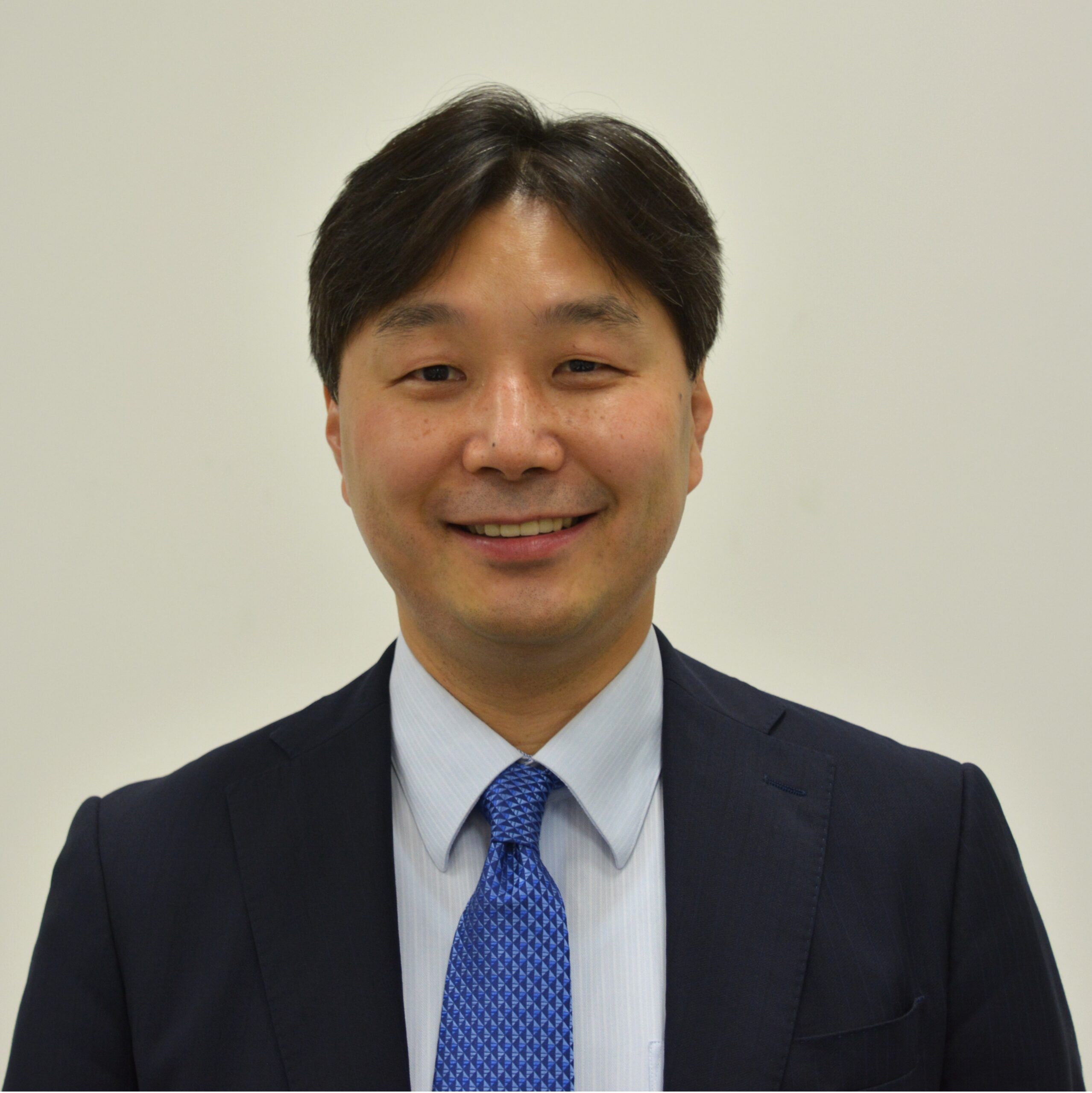
Development of a 3D External Aortic Annuloplasty Ring for Restoring Physiological Annular Motion
Aortic regurgitation is a condition in which the aortic valve allows blood to flow back into the heart during diastole. In Japan, approximately 5,000 new cases are reported annually, with a high prevalence among physically active individuals in their 50s. Valve-sparing aortic valve repair has been reported to provide significantly better survival outcomes compared to valve replacement. However, in Japan, valve replacement accounts for approximately 93% of cases, while valve repair is performed in only approximately 7%, indicating that repair techniques have not yet gained widespread adoption. Several factors contribute to this disparity, including the technical complexity of the procedure, the lack of suitable annuloplasty rings for valve repair, and the absence of a standardized surgical approach. This study aims to prototype and develop a novel aortic annuloplasty ring with the following key features: (1) reproducibility of 3D geometry, (2) morphological correction of the aortic root via an external approach, (3) preservation of annular motion through appropriate structural rigidity, and (4) a design that facilitates procedural standardization. Additionally, we will assess the intellectual property portfolio and explore strategic alliances to support the practical application of the device.

Development of wearable muscle quantity and quality visualization for sarcopenia prevention
In Japan’s aging society, sarcopenia — a condition in which both muscle quantity and quality deteriorate with age — is emerging as a serious health problem. The assessment of both muscle quality and quantity is essential since early detection and intervention are critical for its prevention. However, conventional modalities have limitations in accurately evaluating muscle quality and quantity. To address this challenge, we have developed a wearable muscle-visualization device based on electrical impedance tomography (EIT), a noninvasive and highly sensitive visualization technique. The device is composed of a wearable sensor embedded with multiple bioelectrodes and a compact external hardware unit, visualizing muscle quantity and quality, as well as dynamic changes in specific muscle compartments during exercise or rehabilitation. The resulting four-dimensional (3D space + time) images can be displayed in real time on a smartphone. By introducing this technology into clinical settings and local communities, we aim to facilitate early detection, prevention, and continuous monitoring of sarcopenia, thereby supporting more effective interventions and enhancing quality of life.
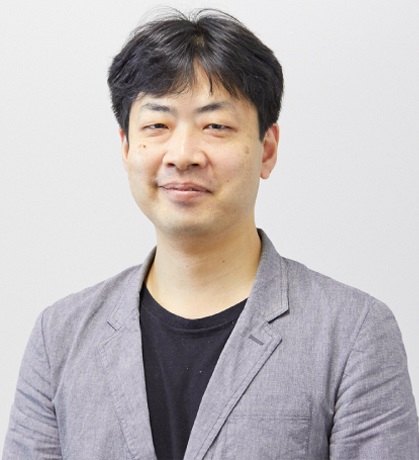
Development of an AI model for detecting corporate accounting fraud and its social implementation
In recent years in Japan, corporate bankruptcies resulting from compliance breaches such as accounting fraud have been on the rise. This trend is thought to stem from market pressures, increasingly complex business structures, and more sophisticated deceptive practices. To preempt such bankruptcy risks, financial institutions incur substantial costs in their due diligence. However, detecting fraudulent accounting requires not only practical experience but also continual study to anticipate emerging fraud patterns, making the training process for practitioners both time-consuming and expensive. This project aims for real-world implementation of a high-precision AI method to detect accounting fraud. It targets not only financial institutions, but also a wide range of clients including investment firms, securities companies, general corporations, and audit firms. Our technology seeks not only to determine the presence or absence of fraud, but also to clarify the underlying reasons and identify any earnings management. By developing software that can make determinations using only financial statement data as input, the project minimizes the effort required by clients and enables broad applicability.
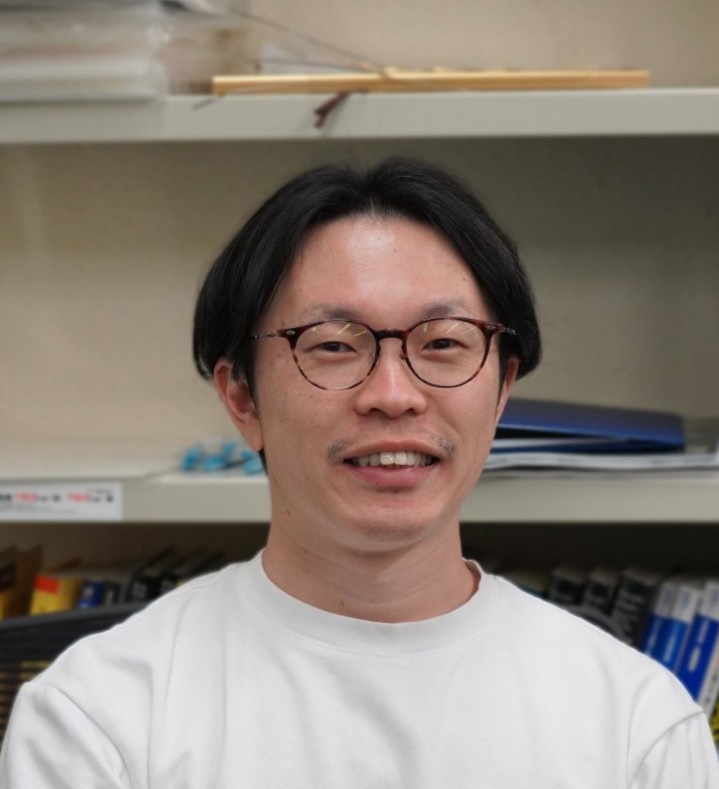
Practical Deployment of Visual Inspection for Glossy and Transparent Objects via Integration of Event Cameras and Computational Imaging
In this project, we aim to deploy high-speed, computationally efficient, and low-power visual inspection for glossy and transparent objects—which have been difficult to handle with conventional image inspection—by integrating "event cameras," specialized cameras that detect brightness changes, with "computational imaging," which obtains information through optical encoding and computer-based decoding. We aim to solve the bottleneck in manufacturing sites for glossy and transparent materials where skilled visual inspectors are indispensable, and to provide value of process reduction and automation. Through in-depth interview surveys with the manufacturing industry, particularly the automotive industry as our target market, we will clarify the specific market size for each inspection object. Additionally, through verification using actual defect samples, we will clarify the development requirements and reveal the design specifications for the inspection system aimed at customer implementation.
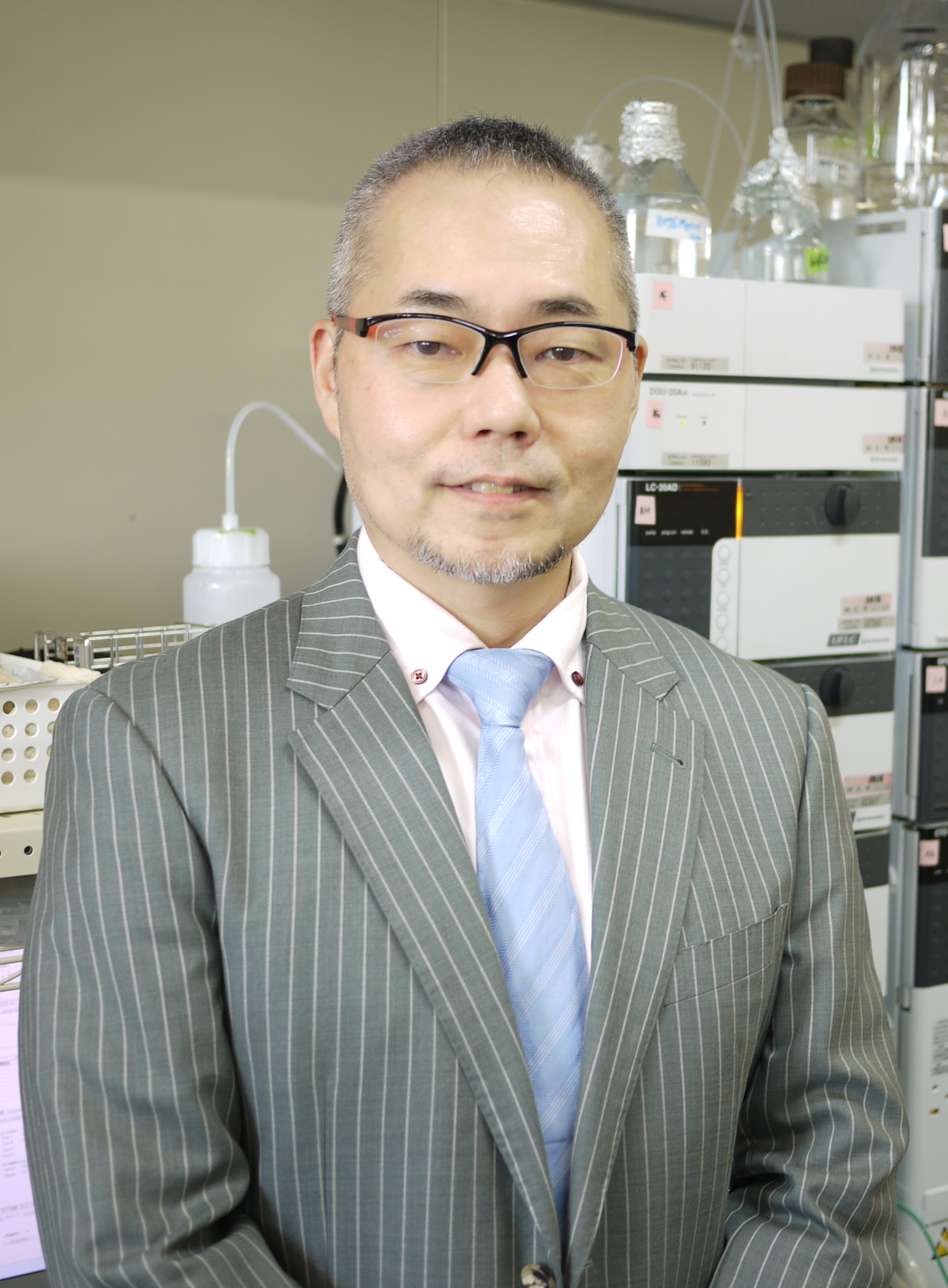
Visualizing Hidden Inflammation: A 2SC-Driven Breakthrough in Atherosclerosis Prevention
In Japan, the gap between average life expectancy and healthy life expectancy is approximately 12 years, making the rise in bedridden elderly individuals a serious social challenge. A major cause is atherosclerotic diseases such as heart attacks and strokes. While antioxidant therapies aimed at preventing LDL oxidation have been attempted, no clinical efficacy has been demonstrated, and none have been successfully implemented. Although symptomatic treatments such as statins, antihypertensives, and blood glucose-lowering drugs exist, the number of cardiovascular disease patients continues to rise.
The applicant has identified and patented 2SC, a novel post-translational modification derived from mitochondrial dysfunction, as the world’s first blood-based biomarker for atherosclerosis via a mechanism independent of oxidation. This technology allows for early risk detection and drug efficacy evaluation through a simple blood test.
The next step is to launch a startup that will provide 2SC diagnostic tools and develop a groundbreaking anti-inflammatory drug for the prevention of atherosclerosis, aiming to tap into a global lifestyle disease market exceeding 70 billion dollars.

Hands-free ultrasound imaging with flexible probe
Conventional ultrasound systems require the operator to hold the probe by hand and press it against the body, limiting the ability to perform simultaneous procedures and making continuous long-term monitoring difficult. To address this, we have developed a flexible, textile-based ultrasound probe that can be comfortably attached to the skin, and an algorithm that estimates the probe’s shape to accurately reconstruct ultrasound images. These technologies enable hands-free imaging, resolving the limitations of traditional systems. In this project, we will develop a portable ultrasound acquisition system compatible with the flexible probe, allowing for verification of the clinical utility of the hands-free ultrasound imaging technology. Furthermore, through interviews with healthcare professionals, we aim to identify detailed product requirements.
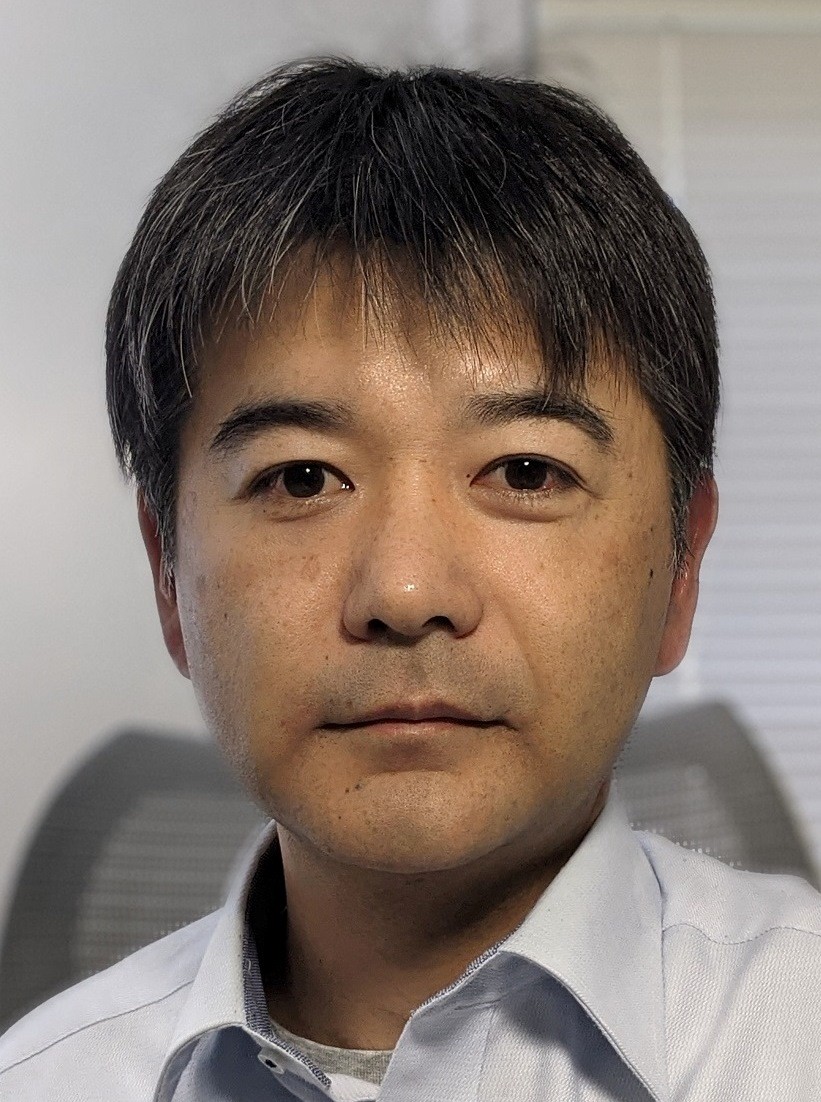
Treatment of androgenic alopecia using extracellular vesicles produced by human dermal papilla cells
The target disease of this project is alopecia. There are a huge number of alopecia patients worldwide. This project aims to develop innovative treatments for androgenic alopecia using extracellular vesicles and microRNAs. Extracellular vesicles are used for intercellular communication in the body, and the containing information (functional molecules) varies depending on the type of cells and the surrounding microenvironment. In this project, we will establish a treatment approach utilizing extracellular vesicles produced from human dermal papilla cells under our original culture method, as well as a treatment approach utilizing microRNAs functional in the extracellular vesicles. These potentially become novel drugs suitable for the treatment of androgenic alopecia.
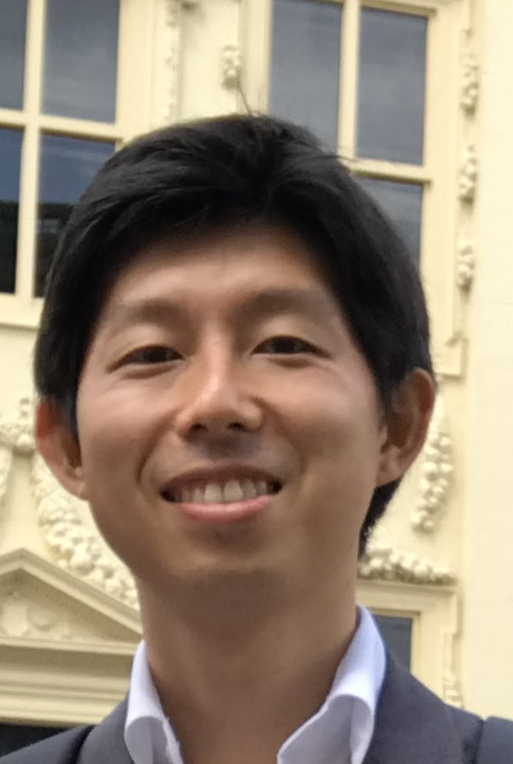
Controller allowing intuitive operation of robots and vehicles
We aim to establish a startup company that will develop and commercialize an available device using the technology of the intuitive remote-controlled robot controller IFHD, thereby realizing a society in which anyone can intuitively operate a variety of robots and vehicles. This controller can be applied to a wide range of applications, such as robot arms, heavy machinery such as excavators, endoscopes, and drones, as long as it requires three-dimensional and multi-degree-of-freedom speed control. By using this controller, anyone can easily and accurately operate robots and vehicles, which will help alleviate labor shortages, reduce operational accidents, and accomplish more advanced tasks. Since this controller has unique models and ingenuity in both the structure and control aspects, we plan to sell the device alone and the control software.
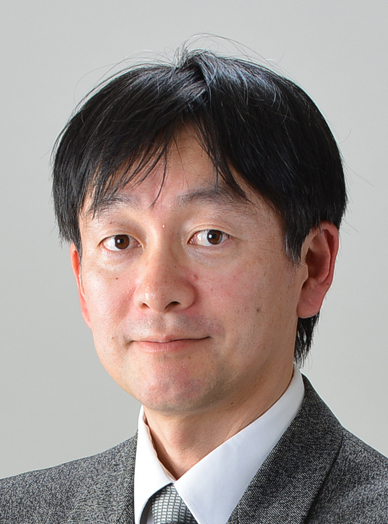
Research and development on gait rehabilitation support system for stroke patients
We are developing Gait Master, an advanced gait rehabilitation support system for stroke patients, designed to assist physical therapists by leveraging locomotion interface technology in VR.
This project aims to deliver a system that is clinically effective, user-friendly, and cost-efficient, guided by the concept of: “A rehabilitation device that delivers therapeutic benefits across a wide range of patients, reduced the workload for physical therapists, and is priced within a realistic budget.”
We will also identify and quantify the value proposition for key stakeholders-including patients, physical therapists, physicians, and hospital administrators- and integrate these insights into the product design to facilitate broader adoption and market acceptance.
Our newly established company will primarily target acute and convalescent rehabilitation hospitals in Japan. Ultimately, our exit strategy is the position the company for acquisition by a strategic partner with deep expertise and distribution capabilities in this domain, in order to accelerate the product’s market penetration.
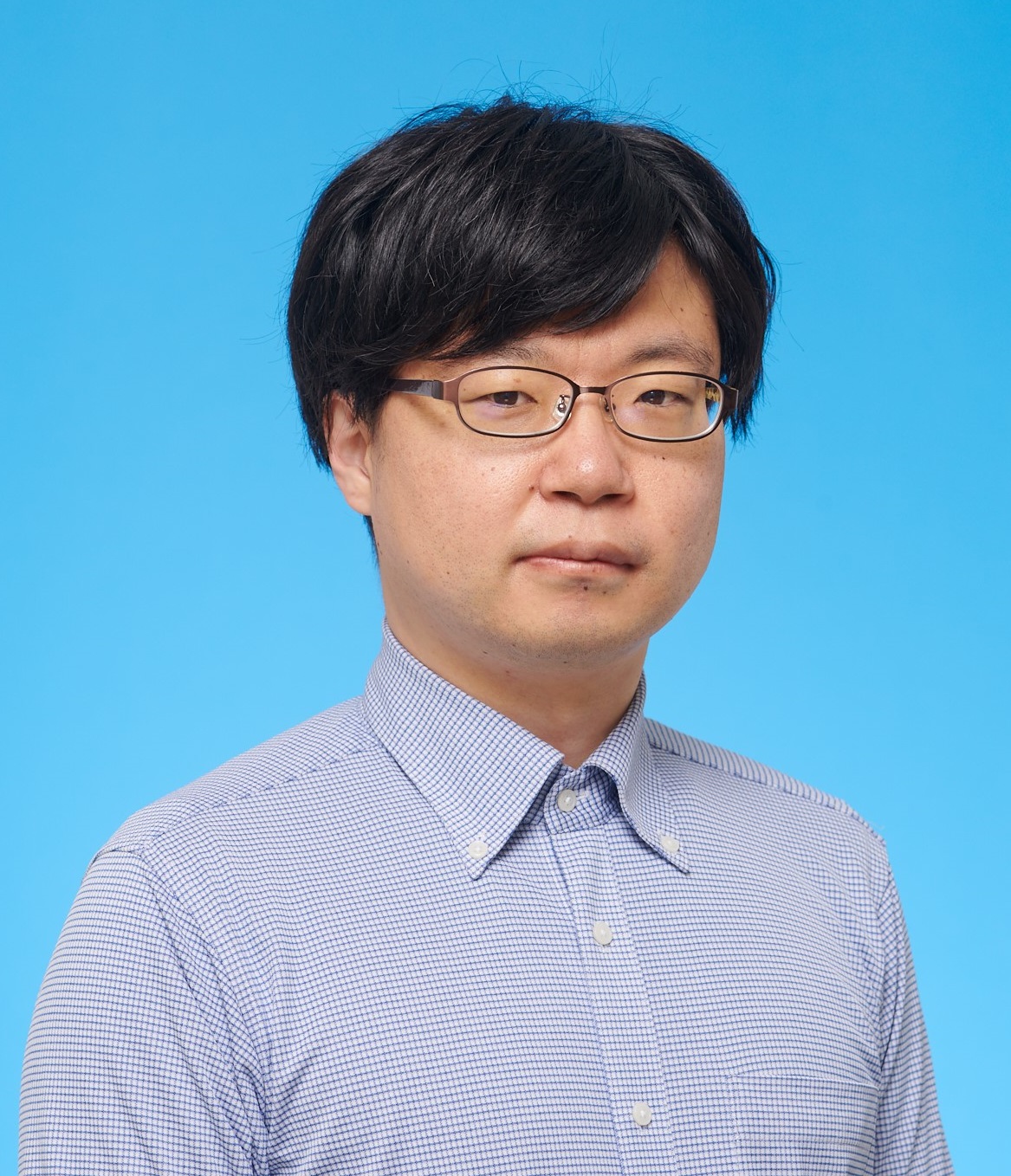
Ultra-Compact Solid Oxide Fuel Cells for a Decentralized Energy Society
This project aims to develop ultra-compact solid oxide fuel cells (SOFCs) as next-generation portable power sources. By integrating three core technologies—ceramic reactor fabrication, efficient internal heat utilization, and pump-free fuel supply—we will create compact yet high-performance power devices. Beyond prototype development, the project will also define specifications for future mass production. The developed power sources will be installed in real-world applications such as infrastructure monitoring sensors, surveillance cameras, and edge AI devices, enabling field testing under practical conditions. This initiative is expected to greatly expand the usability of small electronic devices in off-grid or hard-to-access environments.
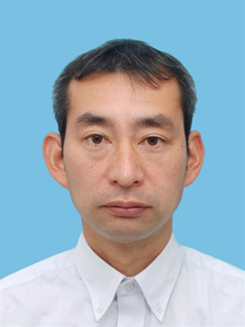
Highly efficient carbon fiber recovery system from carbon fiber reinforced resin using a novel molten alkali hydroxide
Carbon fiber-reinforced plastic (CFRP), a lightweight and strong material, is gaining market share worldwide, but waste CFRP is also increasing. There is a growing need for technological development to recover high-strength carbon fibers from waste CFRP, as the manufacturing process for carbon fibers is energy-intensive and expensive. Conventional methods have several drawbacks, including the degradation and uneven properties of recovered carbon fibers, resulting in limited applications, and the resin being discarded as waste gas or liquid, making it difficult to achieve widespread utilization. This technology aims to develop a zero-emission carbon fiber recovery system using a molten alkaline hydroxide that selectively dissolves the resin of CFRP. This system enables the recovery of high-strength carbon fibers, the gasification utilization of dissolved resin, and the repeated use of the solvent.
